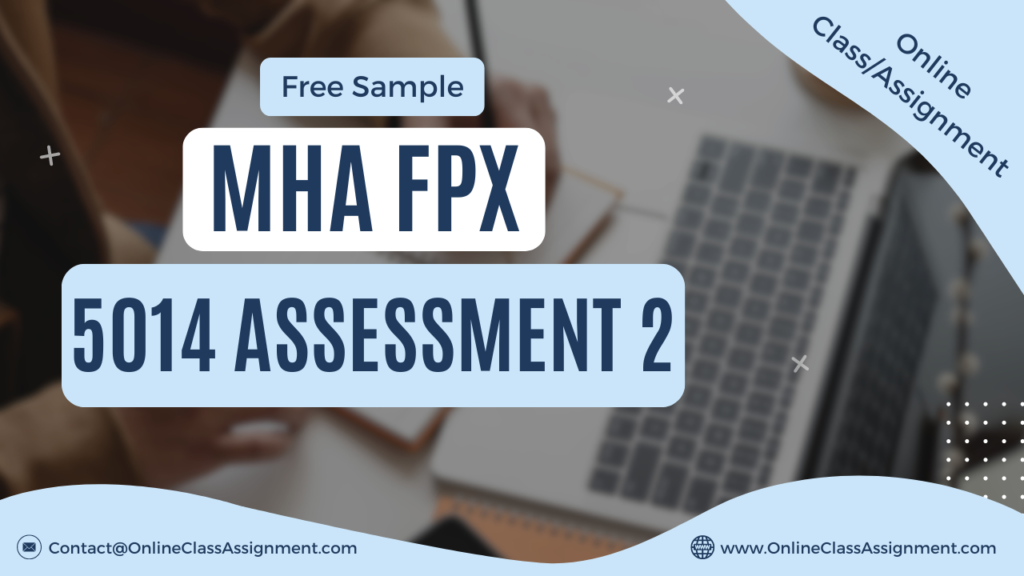
MHA FPX 5014 Assessment 2 Internal Memo – Risk Financing
Student Name
Capella University
MHA-FPX 5014 Health Care Quality, Risk, and Regulatory Compliance
Prof. Name
Date
Patient Safety Issue
Rochester General Hospital (RGH), a constituent of Rochester Regional Health, has gained acclaim for delivering top-tier healthcare services, attaining Magnet status as a testament to its excellence. However, to perpetuate its advancement and fulfill organizational objectives, it is imperative to address the elevated incidence of medication errors through risk financing. These errors not only jeopardize patient safety but also pose substantial financial liabilities to RGH.
An assessment of RGH’s performance in the spring of 2021 underscores the gravity of this issue. Particularly worrisome is the hospital’s performance in the domain of medication administration, as delineated below (Hospital Safety Grade, 2021):
| Metric | Score |
|---|---|
| Best Hospital Score | 100 |
| RGH’s Score | 45 |
| Worst Hospital Score | 5 |
Patient Safety Risk and Key Performance Indicators
Medication errors stand as a foremost cause of patient detriment and fiscal loss across healthcare establishments globally (Haytham, 2016). Defined as preventable events capable of engendering inappropriate medication usage or patient harm within the purview of healthcare professionals (AMCP, 2019), these errors can manifest during various stages such as ordering, transcribing, dispensing, administering, or monitoring (Durham, 2016). Given the dynamic landscape of the healthcare sector, characterized by evolving regulations, policies, technologies, and guidelines, medication errors pose both clinical and financial hazards to RGH.
Risk financing assumes paramount importance in gauging the potential costs associated with these risks and evaluating the organization’s capacity to manage them (Rhinehart, 2021). Research indicates that medication errors incur approximately $3 billion in annual costs to the U.S. healthcare system (AMCP, 2019).
To tackle this challenge, RGH’s risk management team will leverage key performance indicators (KPIs) and performance dashboards to surveil, evaluate, and mitigate risks linked to medication administration. The KPIs encompass:
| KPI | Description |
|---|---|
| Number of medications prescribed using CPOE | Tracking electronic prescription usage |
| Percentage of patients identified by two identifiers | Ensuring patient verification accuracy |
| Number of adverse/sentinel events due to medication errors | Monitoring serious medication-related incidents |
| Incident reporting | Collecting data on all medication errors |
Strategies to Identify Risk Financing Issues
Risk financing entails assessing RGH’s financial acumen and inclination to manage risks while harmonizing with the organization’s strategic ethos (Harvard University, n.d.). Key strategies encompass identifying, accepting, and managing risks (Indeed Editorial Team, 2020).
Identifying risks entails scrutinizing processes or occurrences that could imperil patients and lead to financial detriment. For instance, medication errors might culminate in prolonged hospital stays, escalated resource utilization, diminished reimbursement, and financial setbacks (Chen, 2017). Managing risks necessitates data aggregation, information review, and formulation of strategies to diminish the incidence of these risks (NEJM Catalyst, 2018). Benchmarking can subsequently be employed to gauge progress in risk mitigation and financial performance (Institute for Safe Medication Practices, 2005).
Recommendations for Risk Financing
To ameliorate medication errors at RGH, the following strategies are advocated:
- Computerized Physician Order Entry (CPOE) with Clinical Decision Support (CDS)
- Bar Code Medication Administration (BCMA) System
- Confidential Incident Reporting
Implementation of technologies such as CPOE and CDS has demonstrated a 55% reduction in medication error rates (Durham, 2016). These systems furnish healthcare practitioners with guidance on drug dosages, routes, frequencies, and furnish alerts for allergies or interactions (Shah, 2016). The BCMA system ensures adherence to the five rights of medication administration (right patient, dose, drug, time, and route) and furnishes real-time alerts (Shah, 2016).
Confidential incident reporting will facilitate data collection on medication errors, thereby enabling the formulation of strategies to enhance patient safety. A safety-oriented culture will be nurtured, fostering error reporting devoid of fear of repercussions, thereby furnishing invaluable insights for risk managers (Rodziewicz, 2021).
Legal and Ethical Financial Risk Obligations
As an Accountable Care Organization (ACO), RGH must effectively manage legal and financial risks to sustain profitability and success (NAACOS, n.d.; LaPointe, 2016). ACOs strive to furnish coordinated, high-quality care while curtailing costs and averting medical errors (CMS, 2021). Adherence to CMS policies, which curtail or withhold reimbursement for preventable errors, is imperative (National Conference of State Legislatures, n.d.). By adhering to safe medication practices and The Joint Commission (TJC) guidelines, RGH can enhance patient safety and optimize reimbursement from CMS.
References
AMCP. (2019, July 18). Medication Errors. Retrieved from Academy of Managed Care Pharmacy: https://www.amcp.org/about/managed-care-pharmacy-101/concepts-managed-care-pharmacy/medication-errors
Chen, C. H.-Y.-C. (2017, August). The cost-saving effect and prevention of medication errors by clinical pharmacist intervention in a nephrology unit. Retrieved from Medicine; LWW Journals: https://journals.lww.com/md-journal/Fulltext/2017/08250/The_cost_saving_effect_and_prevention_of.40.aspx
CMS. (2021, March 4). Accountable Care Organizations (ACOs). Retrieved from Centers for Medicare and Medicaid Services: https://www.cms.gov/Medicare/Medicare-Fee-for-Service-Payment/ACO#:~:text=What%20is%20an%20ACO%3F%20ACOs%20are%20groups%20of,give%20coordinated%20high-quality%20care%20to%20their%20Medicare%20patients.
Durham, M. S. (2016, February). Reducing Medication Administration Errors in Acute and Critical Care: Multifaceted Pilot Program Targeting RN Awareness and Behaviors. The Journal of Nursing Administration, 46, 75-81. Retrieved from https://oce-ovid-com.library.capella.edu/article/00005110-201602000-00006/HTML
MHA FPX 5014 Assessment 2 Internal Memo – Risk Financing
Harvard University. (n.d.). What is Risk Financing? Retrieved from Harvard University: https://rmas.fad.harvard.edu/faq/what-risk-financing
Haytham, T. A. (2016, June 6). Improving admission medication reconciliation compliance using the electronic tool in admitted medical patients. Retrieved from U.S. National Library of Medicine: https://www.ncbi.nlm.nih.gov/pmc/articles/PMC5067707/#:~:text=Medication reconciliation is a key safety measure and, receive medication reconciliation within 24 hours of admission.
Hospital Safety Grade. (2021). Rochester General Hospital. Retrieved from Leapfrog Hospital Safety Grade: https://www.hospitalsafetygrade.org/h/rochester-general-hospital?findBy=hospital&hospital=Rochester+General+Hospital&rPos=96&rSort=grade
Indeed Editorial Team. (2020, December 10). Five Key Risk Mitigation Strategies (With Examples). Retrieved from Indeed: https://www.indeed.com/career-advice/career-development/risk-mitigation-strategies
MHA FPX 5014 Assessment 2 Internal Memo – Risk Financing
Institute for Safe Medication Practices. (2005, March 10). Measuring Up to Medication Safety. Retrieved from ISMP: https://www.ismp.org/resources/measuring-medication-safety
Get Capella University Free MHA Samples
MHA FPX 5010
MHA FPX 5020
MHA FPX 5042
MHA FPX 5040
MHA FPX 5016
MHA FPX 5012
MHA FPX 5014
MHA FPX 5017
